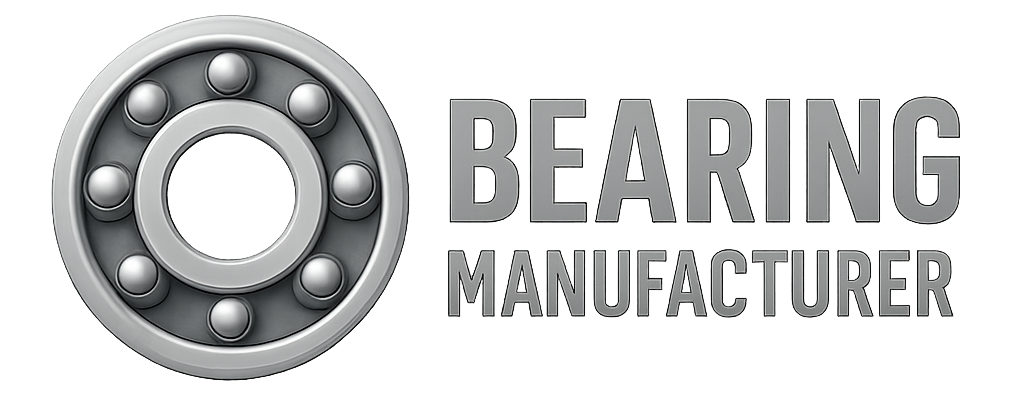Introduction
In mechanical engineering, the tilting moment of slewing bearings is a critical factor influencing both operational performance and service life. It occurs when off-center forces act on rotating systems, creating additional stresses that—if unmanaged—can lead to inefficiency, safety hazards, and premature bearing failure. This article explains the concept in detail, its impact on different industries, and how to mitigate it effectively.
Understanding Slewing Bearings
Slewing bearings—also called turntable bearings or slewing rings—are designed to handle combined loads: axial, radial, and moment. They enable full rotational movement in heavy machinery such as cranes, excavators, wind turbines, and robotics.
Key Parameters:
-
Load Capacity – Defined for axial, radial, and moment loads; determines correct bearing size and configuration.
-
Rotational Speed – Higher speeds require advanced design and manufacturing precision.
-
Other Factors – Proper sealing, effective lubrication, and scheduled maintenance are essential for long-term performance.
What is the Tilting Moment?
A tilting moment is the torque generated when the applied load’s center of gravity is offset from the bearing’s centerline. This creates a lever arm effect, producing rotational stress that can tilt the bearing and cause uneven internal load distribution.
-
Axial Moment: Force along the bearing axis.
-
Radial Moment: Force perpendicular to the bearing axis.
-
Tilting Moment: Off-axis force that induces angular displacement.
Factors Influencing Tilting Moments
-
Load Distribution – Unevenly applied forces increase rotational stress.
-
Structural Rigidity – Stiffer surrounding structures resist deformation under tilting forces.
-
Bearing Design –
-
Cross roller slewing bearings: High rigidity and load capacity.
-
Four-point contact bearings: Good adaptability to misalignment and fluctuating loads.
-
Calculating the Tilting Moment
Formula:
Mt=F×dM_t = F \times d
Where:
-
FF = force perpendicular to the axis of rotation
-
dd = distance from bearing center to force application point
Example: Crane Application
-
Step 1: Determine load weight and load arm length.
-
Step 2: Consider dynamic forces (movement, shifting loads, wind).
-
Step 3: Include environmental effects (wind load, temperature variations).
-
Step 4: Calculate using the formula, adding a safety factor.
-
Step 5: Account for material fatigue and maintenance needs.
Impact on Bearing Performance
-
Service Life: Excessive tilting moments accelerate wear, increasing failure risk.
-
Operational Efficiency: Higher energy consumption, more vibration, reduced precision, and increased stress on gears and shafts.
-
Safety: Structural instability can lead to accidents or unplanned downtime.
How to Mitigate Tilting Moments
1. Bearing Selection – Choose designs with high rigidity and appropriate load ratings.
2. Structural Design – Ensure balanced load paths, precise alignment, and reinforced components.
3. Maintenance & Monitoring –
-
Regular inspections
-
Vibration and load analysis
-
Timely lubrication and seal replacement
-
Use of sensors, torque monitoring, and predictive maintenance software
Case Studies
Construction Equipment:
Cranes and excavators face dynamic tilting moments due to shifting loads. Solutions include high-capacity bearings, structural reinforcement, load monitoring, and operator training.
Wind Turbines:
Tilting moments arise from asymmetric wind loads and gravitational forces. Mitigation strategies involve advanced bearing designs, pitch control systems, structural strength improvements, and real-time load monitoring.
Conclusion
Managing tilting moments in slewing bearings is essential for improving machinery safety, reliability, and lifespan. Proper design, bearing selection, and maintenance—combined with modern monitoring systems—ensure optimal performance in demanding applications. For expert solutions tailored to your equipment, consult Bearing Maker, your trusted partner in precision bearing technology.
